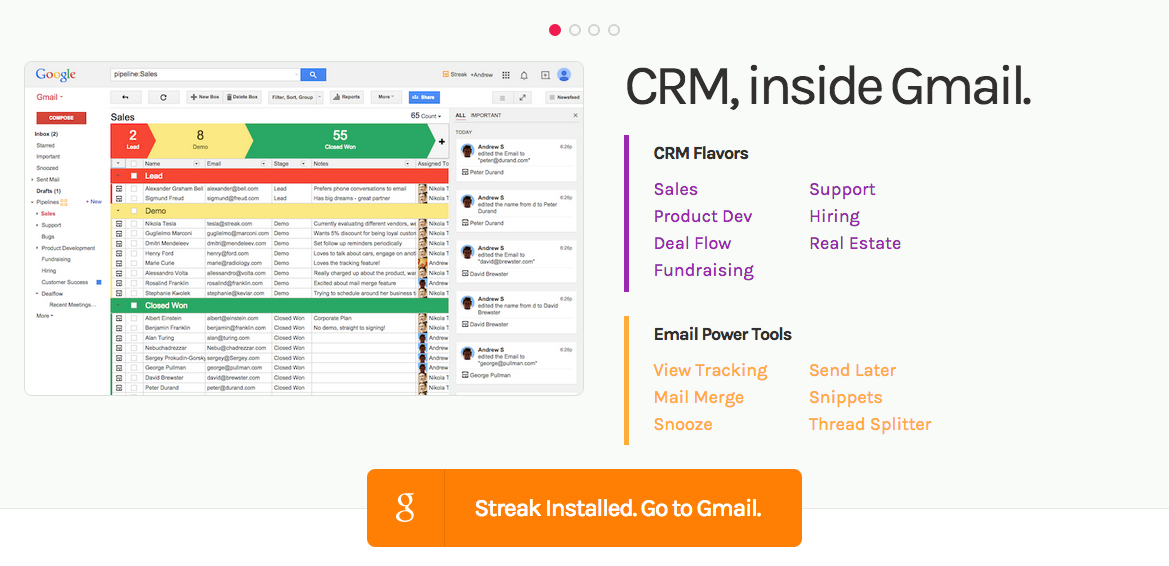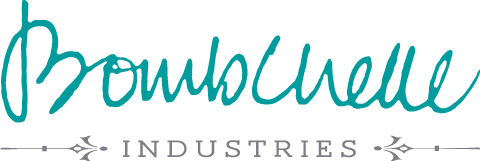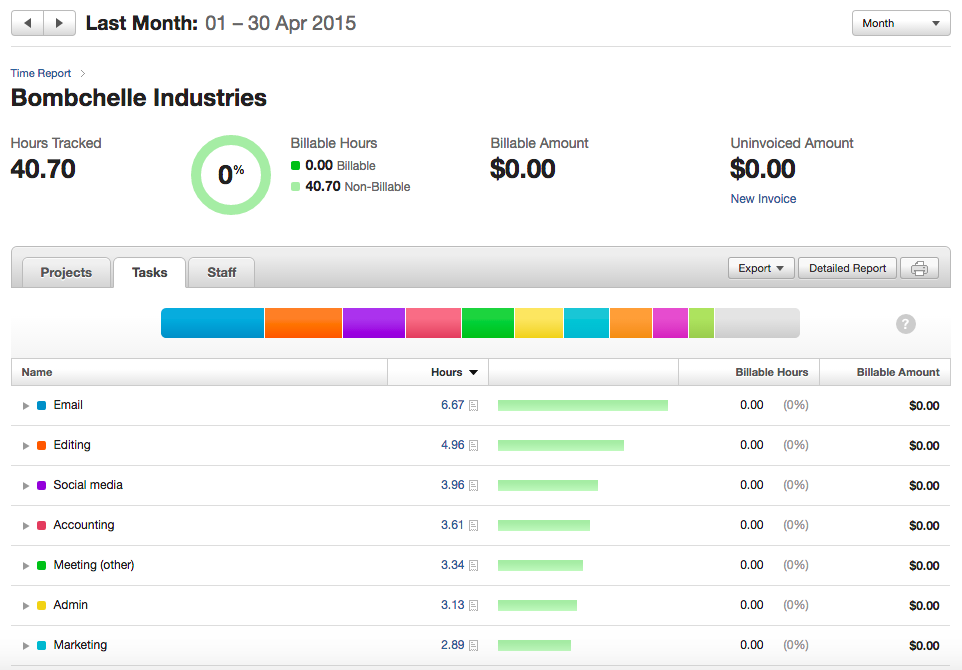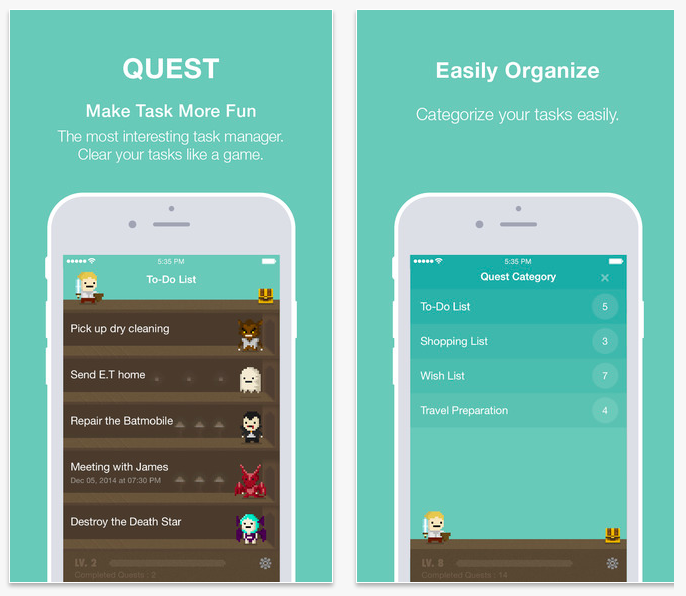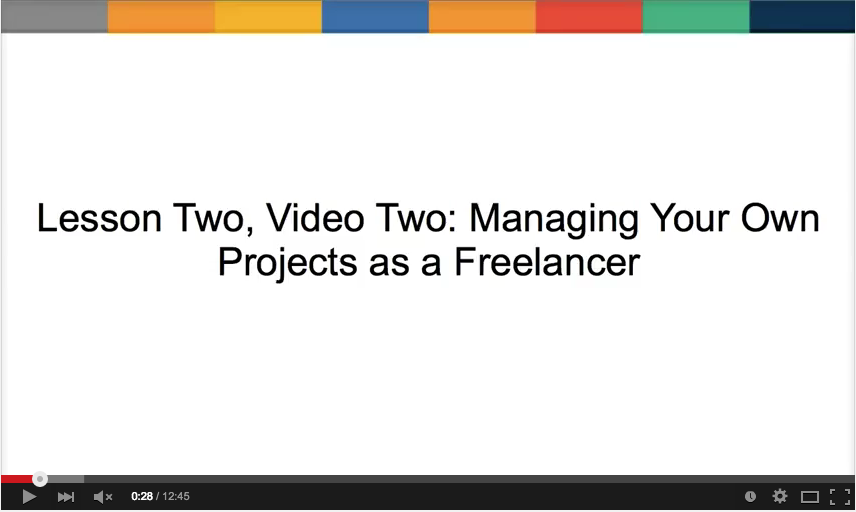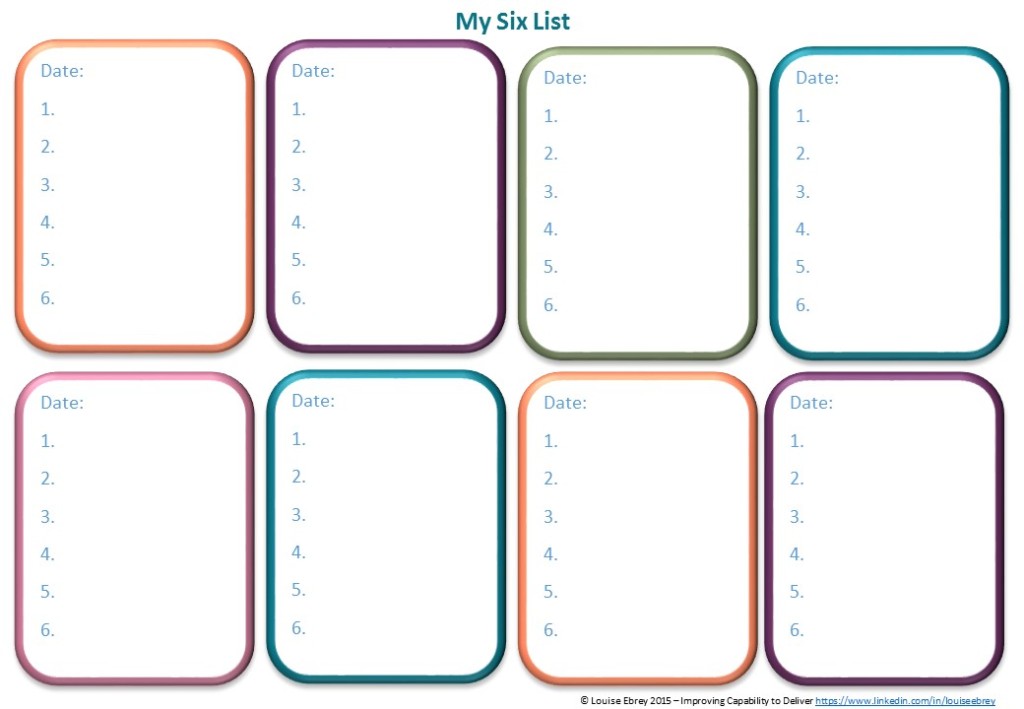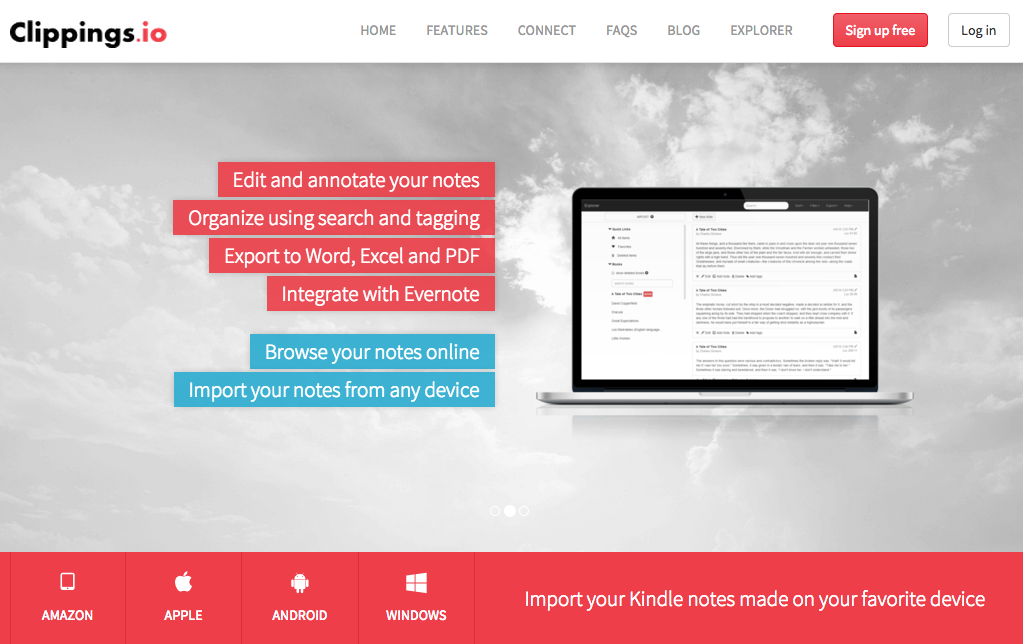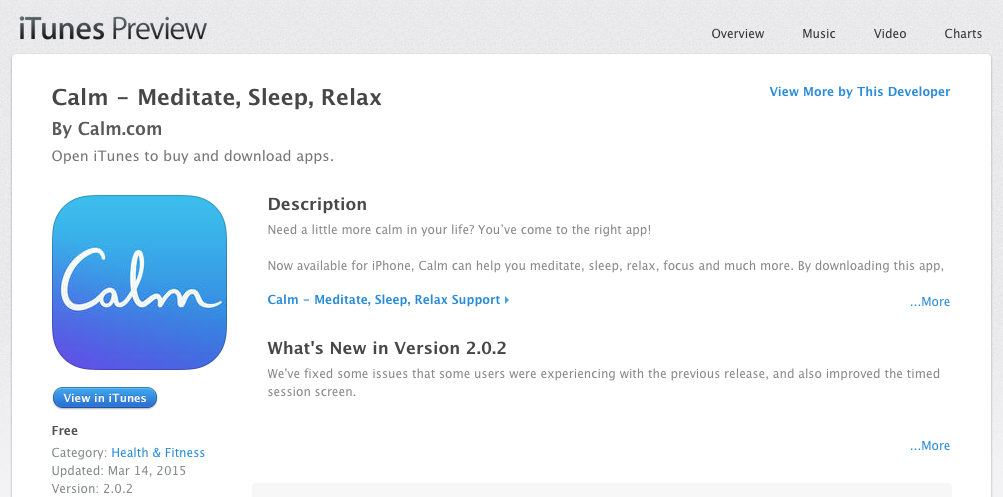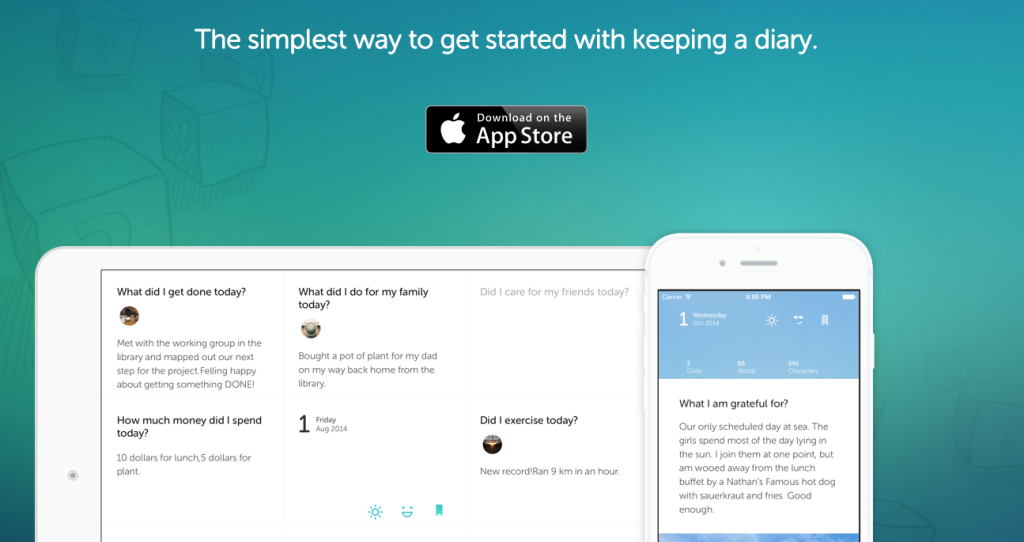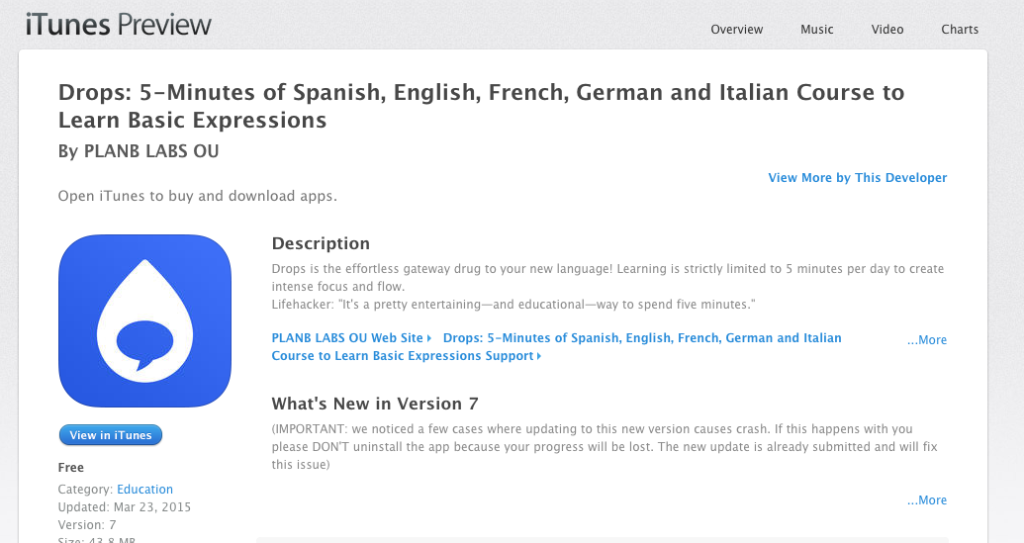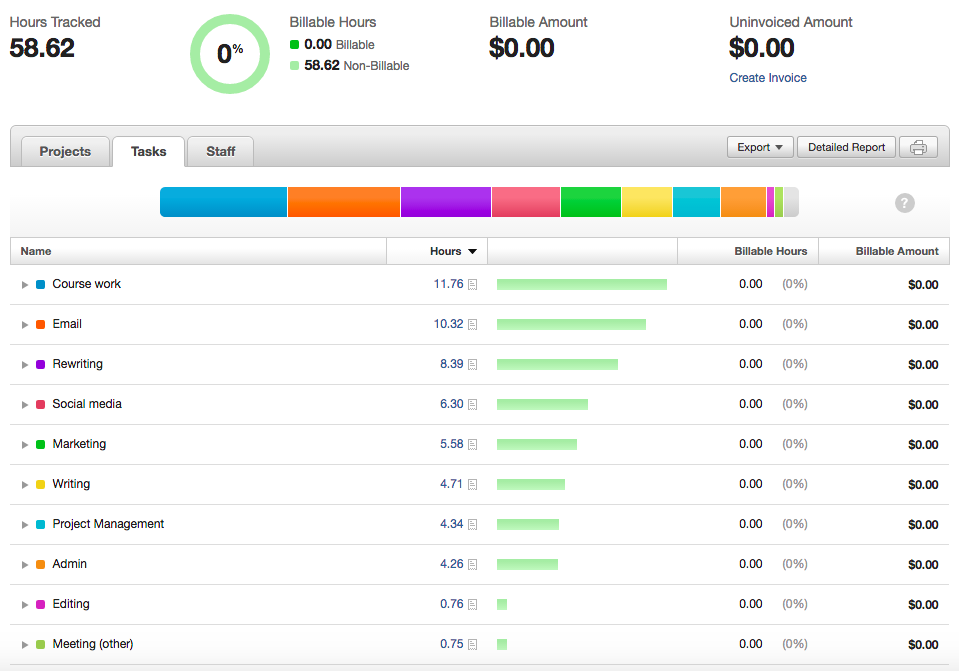
I’ve had several requests to bring back the monthly recaps, and now that things are a little less jam-packed over here, I want to do so…but I also wanted to catch up on previous recaps. So, here you have it: one monster recap for the last five months or so. Of course, I typed it all up and then realized that I already did a recap for November…but I left November’s data in here since it gives more context and I added some visual cues.
Income:
November:
$5,120.21 total. Since I’m trying to give you a top level view, I thought a pie chart of income streams would be useful…sorry about those eye-searing colors (also, that Youtube number is $120.51):

December:
$3,473.17 total. Pie chart:

January:
$5,700.86 total. Pie chart:

February:
$3,553.25 total. Pie chart:

March:
$4,949.43 total. Pie chart:
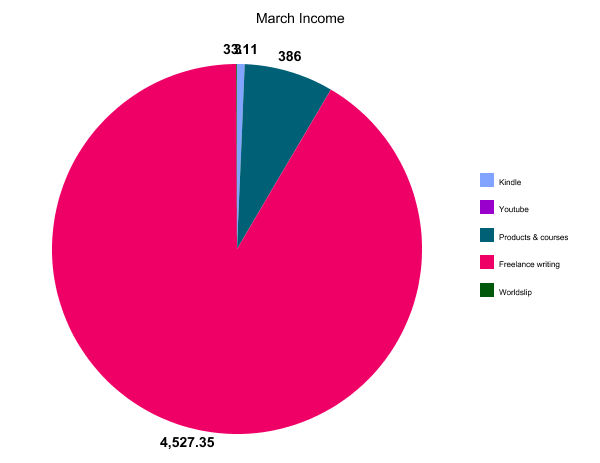
(That’s $3 from a Worldslip supporter and $33.11 from Kindle.)
Income over time:
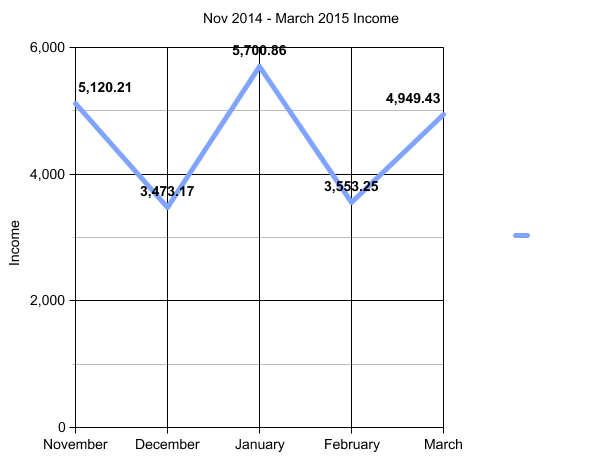
Notes:
- Emilie and I ran a sale on Productivity for Multipotentialites in December. Then, we launched Multipassionate Branding in January, and the self-study at the end of March, hence the spike in course/product income. Although, the Bombchelle products had their own small spikes in some of those same months; I’m not sure why. Maybe a side effect of the launches/sales? (I feel like I may have ran a sale somewhere in here but I can’t remember, which is the problem with doing these so long after the fact!)
- YouTube payments have been higher and more regular over the last six months than they were previously. My plan (that I had been sticking to for a while, before I got super booked-up writing-wise) to record and upload reviews regularly does seem to have had an impact. Now, if I could just get back in that habit and stick to it.
- Kindle payments have been fairly consistent, too. Since both of those (Kindle and YouTube) are passive-ish and already doing fairly well for me putting seriously no effort into them, it makes sense to focus on them more, even if it’s just an hour promoting Rock The System (I’m working on another Kindle short, too) or recording video reviews.
- These numbers look pretty good on paper, but I had a lot of expenses. In between Worldslip cover design and editing, the Bombchelle redesign, transcripts for the MPB classes, VA payments, and so on, my profit margins weren’t as high as normal. January in particular, I had almost $2,300 in expenses. Ouch. I didn’t have a huge amount of business expenses in March, but I did move, which is expensive and a pain.
- Obviously, freelance writing is still the bulk of my income, which I’m okay with (and every time I cut down my writing workload, I also tend to raise my rates, so it keeps the ratio fairly even).
- Also obviously, my income has not been quite as consistent as I’d like over the last few months. This is for a couple reasons. I think the main ones are that the launches/sales create spikes and that I’ve been taking time off paying work to try and wrap up the novel. Which, obviously, is a huge time suck, even as its a labor of love. The other thing is that I’ve had some real high-maintenance client struggles in the last few months, more on that below.
- To be fair, though, the two biggest slumps were December (when I took about two weeks off, in between being with my family and being sick) and February (when I was teaching the course and trying not to overextend myself). So given that, it’s not so bad.
Projects/time overview:
November internal tracking from Harvest:
(This is time spent on my own projects, not client projects. This way, you can see the breakdown of admin, social media, etc. month by month.)
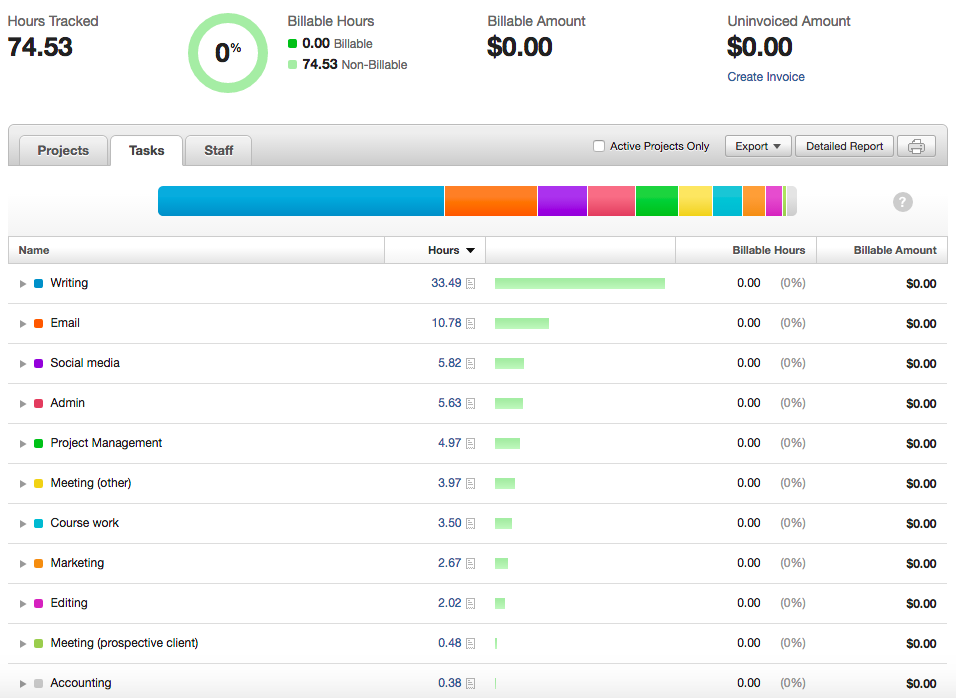
Total hours tracked: 114.44, 74.53 were internal (as shown above), about 30 of those were on the novel
Can’t find my client audit for this month, so I’m skipping it!
December:
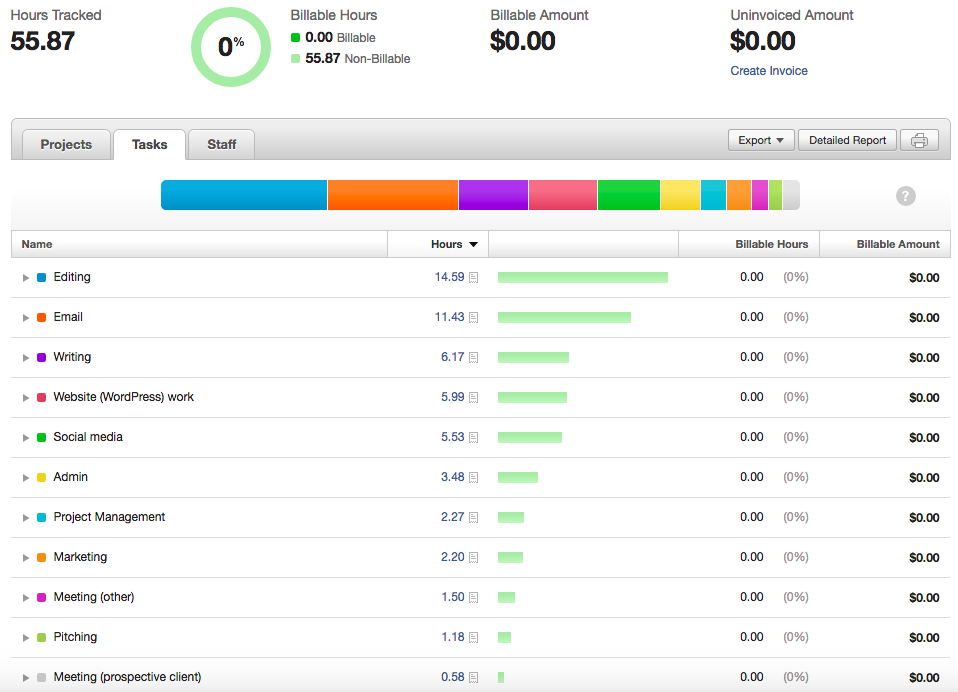
Total hours tracked: 76.62, 55.87 were internal, just over 15 of those were on the novel
Client audit results (more on that here if you’re curious): Hourly range was $121-321.40, average was $136.59/hr
January:
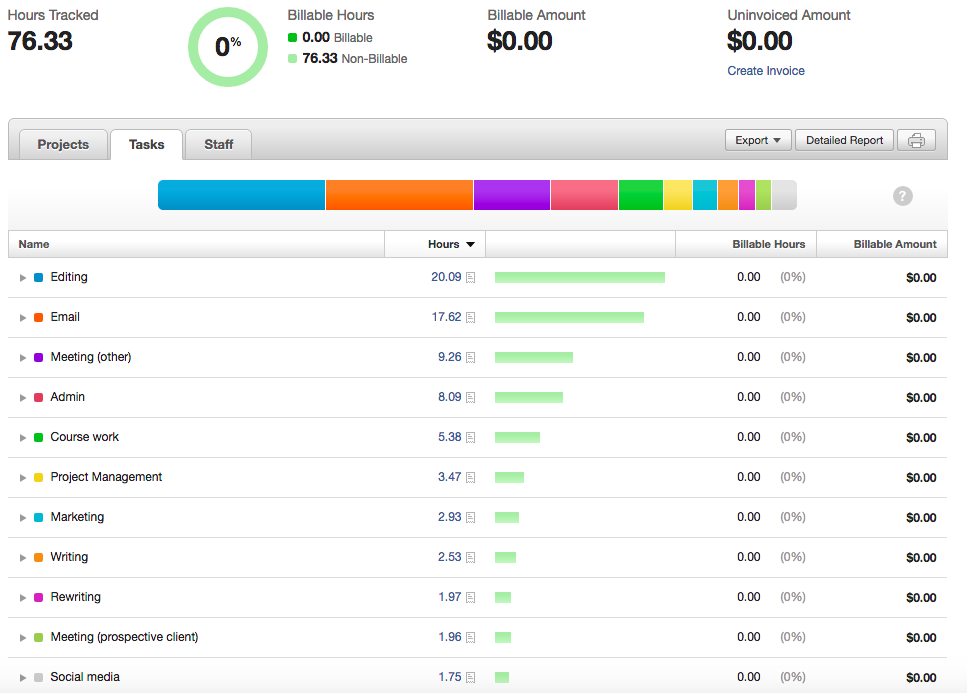
Total hours tracked: 110.09, 76.33 were internal, about 27 of those were on the novel
Client audit results: Hourly range was $94.73-192.79, average was $121.58/hr
February:
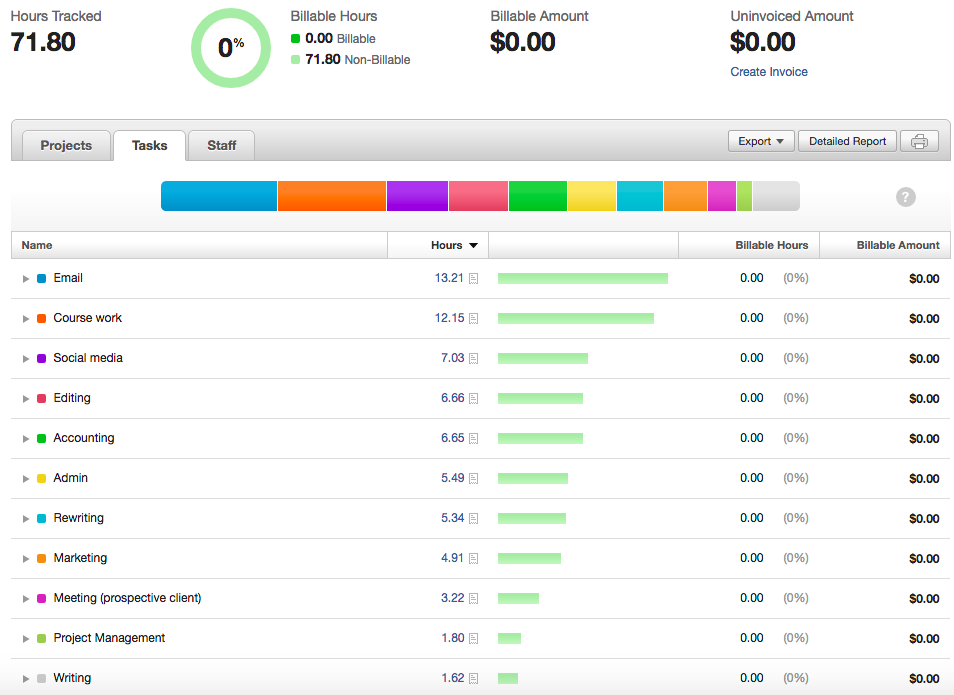
Total hours tracked: 97.36, 71.8 were internal, 22.5 of those were on the novel
Client audit results: Hourly range was $81.43-327.15, average was $169.94/hr
March:

Total hours tracked: 89.01, just under 60 were internal (as shown above), just over 16 of those were on the novel (hence “Rewriting” ranking so high)
Client audit results: Hourly range was $92.16-204.03, average was $199.33/hr
Lessons learned:
I have to start treating self-care like a business expense. It’s easy to put off because it feels frivolous, but I had RSI issues flare up several times starting in March. I think it was a convergence of being super stressed out, carrying around my ridiculous purse on one shoulder for three eight-hour days in a row (hi SXSW), and my work set up not being quite ergonomic enough. I’m in a new place now and have it set up better, so that helps some. I also did several massage therapy appointments, and that helped a lot, but it hasn’t completely gone away since the last bad flare up. It is ridiculous that I’ll spend so much money on business expenses, but it takes me having shooting nerve pain from my neck to my wrist for three days (or waking up with a kink in my neck so bad I can’t move it for the next three days) to realize that I need to make taking care of myself a priority.
In general, I want to be more aware of burnout. I took two weeks off at the beginning of April/end of March, and one of the things I realized is that that wasn’t really enough (given that it came on the heels of moving) and that I need to take time off more. A lot more. Not really shocking since that was the first non-family time off I’ve taken in six years or so. Especially as I put more focus on side projects (like Worldslip, or the upcoming Kickstarter, or my next nonfiction Kindle book), that won’t be revenue generating up front, I need to be a lot more careful about this. As of right now, I’m trying to sleep more, and getting back into good habits as far as yoga and exercise go. And I think I’m going to start scheduling in at least a long weekend (taking Friday and Monday off), which is super-easy to do because of how I set up my work weeks, every other month. If not doing a full week off every other month. Or maybe a week that’s “just for fun” projects. I don’t know, but I really want to keep a better eye on burnout.
I also have to get more ruthless about cutting out high maintenance clients, and spotting them early on. I kind of let this slip starting around January and it really shows in the numbers, if you look at how wide my hourly range is. (Although some of that was caused by clients who came on just before I raised my rates, so some were on new rates, some on old, etc.) I wasn’t paying as much attention to those metrics because I was so preoccupied with side projects. And it’s easy to let it slide. But I just can’t do that, looking at the numbers. I also had a few super obnoxious scenarios in March, mostly involving scope creep (well, and one super rude jerk). I basically lost $400-500 to that. Looking back, there were warning flags, and I ignored them.
I am really, really bad at estimating how long larger projects take. This is just human nature and it’s why I’m always going on about how we can’t just whip up time estimates out of nowhere. I laugh (kind of – it’s better than crying) about it now, but I seriously thought there was a chance of me having the novel out by SXSW (that’s March 13-15, for those not in the know). HAHAHAHA. hahahahaha. ha. ha. No. Then I thought it’d be out on the 21st. Now, I think it might be out on the 28th, but even that’s not for sure. Part of this was me not having taken on a project of this specific scope before, and part of it is some unforeseen hiccups in the editing process. If I really pushed myself, I could do it, but I’m learning the hard way that editing is not really something you can just sit down and do marathon-style (or at least, not for me). If I want this to be decent and to also not land myself in unpleasantly-tingling-elbow-land again, I just have to work as I can, without beating myself up about it.
Okay! I know that was all pretty top-level and not as granular as I normally get, but the upside is that now we’re all clear to do a full recap on April next month. Hopefully this was interesting, & feel free to leave a comment with any questions!
Previous recaps:
